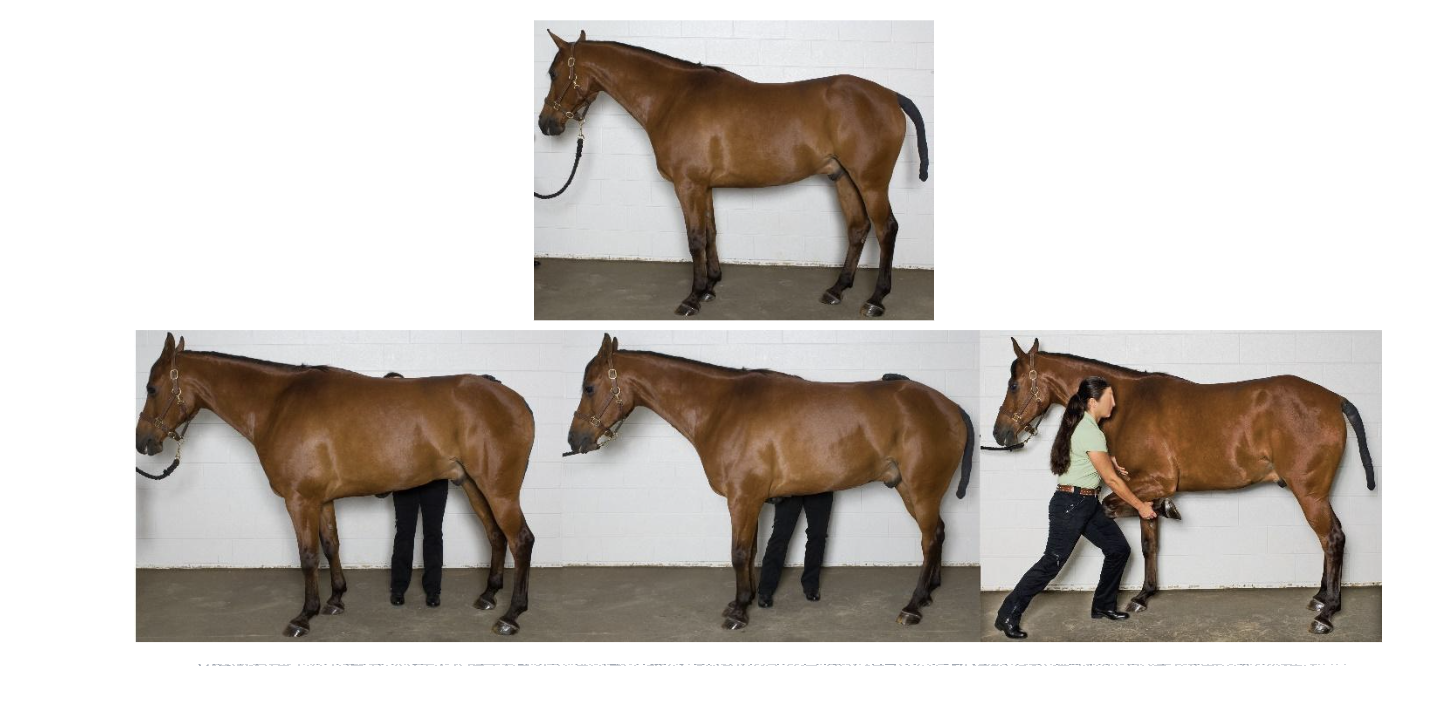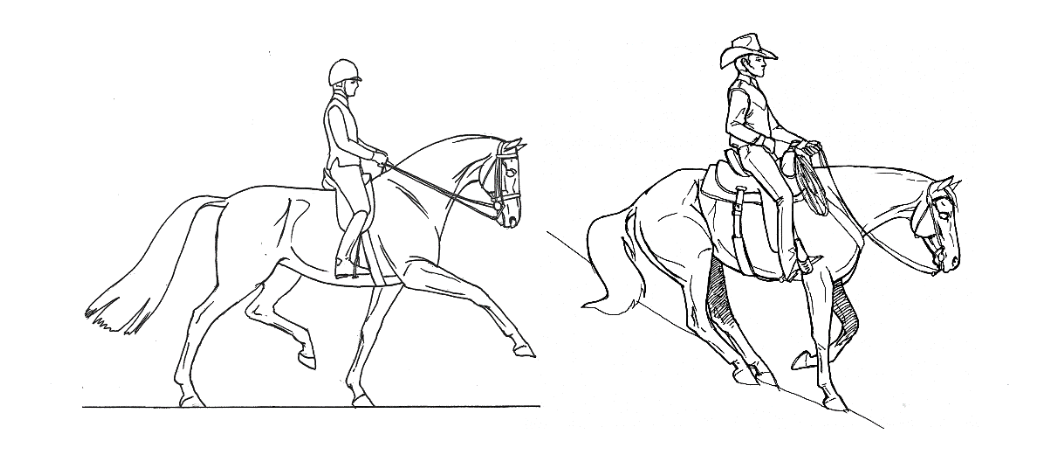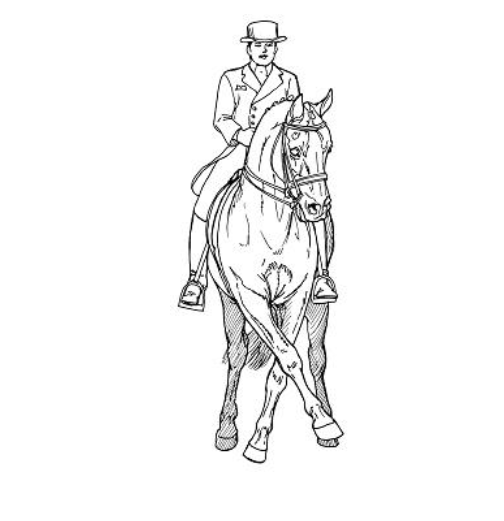Equine Insights: Activating the Thoracic Sling Muscles
Posted by Dr. Hilary Clayton on 3rd Oct 2023
Based on the information in my last blog, Equine Insights: How the Equine Shoulders Affect Performance, it’s obvious that the thoracic sling is an important component in the quest for collection. Lifting the withers by activating the sling is the first stage in achieving the uphill posture and balance required for self-carriage.
Regardless of whether a horse is conformed with high withers or a high croup, learning to activate the thoracic sling muscles will improve posture. I’ll describe a series of exercises to activate and strengthen the sling muscles, some are done from the ground and others are performed under saddle. You don’t have to do all the exercises every day but try to include some of them on a regular basis.
Various Exercises to Try while Activating the Thoracic Sling Muscles with your Horse
Core training exercises are the first stage in activating the thoracic sling muscles.
- The horse is stimulated to raise the withers and back by pressure on the skin between the forelimbs and along the midline of the abdomen. You can scratch the skin with your nails, rub with a curry comb or applying pressure with the blunted end of a hoof pick (Figure 1). Start with light pressure and increase it until the horse raises the withers or back, then stop and reward him verbally or by scratching his neck. Repeat several times, each time taking a short break when the horse responds correctly. Over time, your horse will learn to respond to lighter pressure and the range of motion may increase as the muscles get stronger. I recommend performing 3-5 repetitions on both sides every day.
- The horse is stimulated to pull the trunk backward by applying pressure to the sternum on the front of the chest. The pressure should not be so firm that the horse steps back but just enough that the sling muscles are activated to pull the trunk backwards with the forelimbs angled behind the vertical (Figure 1, Image 2). Hold the position for a few seconds then release the pressure and feel the horse’s body move forward. Perform 2-3 repetitions from each side daily.

Figure 1: Activating the Thoracic Sling Muscles via core training exercises
Lift one forelimb the rock the horse’s chest from side-to-side. The sling muscles on the side of the standing limb are activated to control and stabilize the trunk position (Figure 1, Image 4). Rock the horse on one forelimb for 10-15 seconds alternating between sides for 3 repetitions on each side.
Activating the Thoracic Sling Muscles while Trail Riding:
- Walking downhill with slow, controlled steps is one of the best exercises to stimulate the sling muscles. The horse must do this exercise in self-carriage and not leaning on the bit for support (Figure 2). A good way to check for self-carriage is to halt frequently, which should require only a light rein aid if the horse is indeed carrying himself. On a gradual slope you can add a few steps of rein back to increase the challenge.

Figure 2: Activating the Thoracic Sling Muscles while trail riding and in the arena
Arena exercises to activate the Thoracic Sling Muscles:
- Transitions are a great exercise for activating the core muscles if they are done correctly. The key is not to allow the horse to fall onto the forehand. Focus on maintaining an uphill balance by encouraging the hind limbs to step forward under the body while performing repeated half halts when the horse is at the highest point of the stride (Figure 2). In young horses, transitions between trot and canter are particularly effective, whereas horses with more training benefit from transitions between walk and canter. Transitions within the gaits that are so important for being able to lengthen and shorten thealternating between longer and shorter strides are also effective.
- Lateral work is another exercise that stimulates the sling muscles which pull the swinging limb across in front of the grounded limb and, at the same time, stabilize the the horse’s body as his weight shifts from side to side (Figure 3). The alternating action of the muscles in moving the limbs and stabilizing the body is a very good way to coordinate sling muscle activity on the left and right sides of the chest.
Figure 3: Activating the Thoracic Sling Muscles with lateral exercises

- Gymnastic jumping also benefits the sling muscles as they are activated at take off to raise the forehand and at landing to absorb the forces of the trunk descending between the forelimbs.
In conclusion, there are several exercises to help when Activating the Thoracic Sling Muscles. Each muscle has a special job to support the horse’s physical performance. To learn more about equine fundamentals check out our previous Equine Insights™ by Dr. Hilary Clayton blog posts!
Who is Dr. Hilary Clayton? Learn More!

